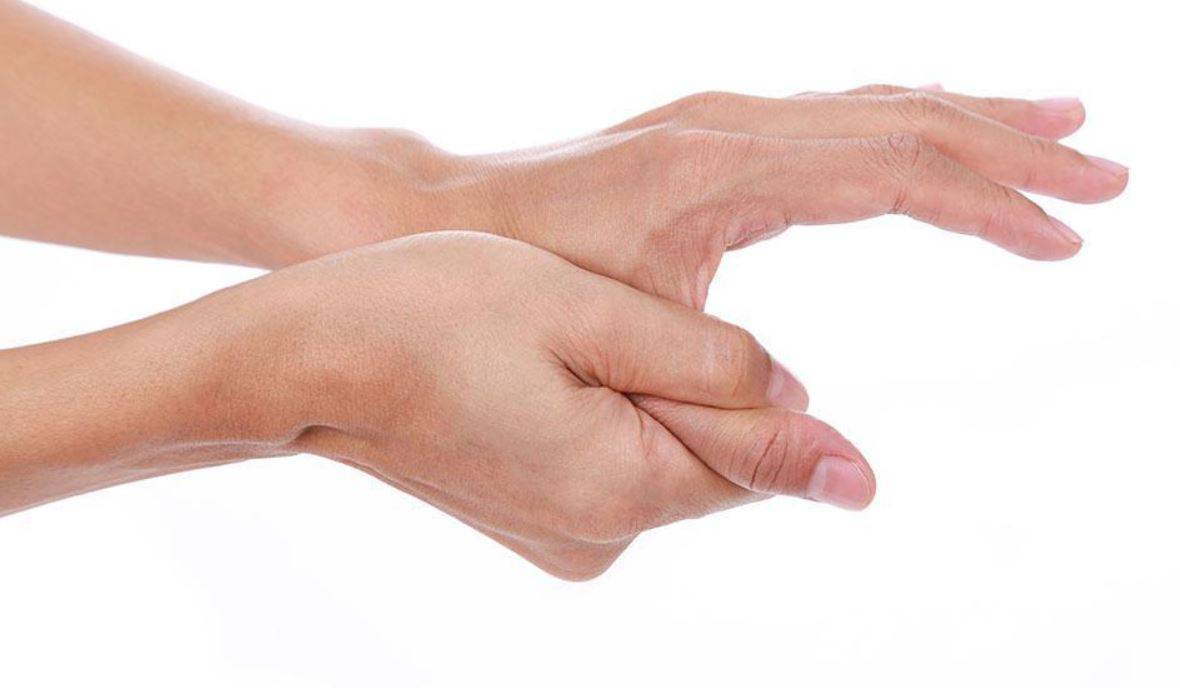Listed in medical texts in 1850, the trigger finger has been around a long time. Many people believe the name comes from the Old West or someone who has fast reflexes, but really the condition is named for the popping sound your finger makes. People have been working hard with their hands from farming and horsemanship to texting, gaming, and keyboarding in modern times. Trigger finger is a common condition, so please do not be too concerned and know you are not alone. We hope this article will explain the condition and give you some tips on trigger finger treatment at home. We will also tell you when to seek medical attention.
Trigger finger, also known as stenosing tenosynovitis, causes pain in your fingers. Typically, the pain is in your ring finger or thumb. If the pain is in your thumb it may also be called trigger thumb.
Trigger finger causes your fingers or thumbs to lock when bent. Because your finger feels locked it leads to swelling, pain, and stiffness which can be extremely uncomfortable. You do need a doctor to confirm the diagnosis of the trigger finger which is done by a physical examination of the area. An x-ray cannot diagnose a trigger finger.
What are the warning signs?
Trigger finger usually starts with mild pain which further deteriorates over time to stiffness and swelling. Some things to keep in mind when considering if you have trigger finger:
- Research has shown that consistent stiffness in fingers in the morning could be a warning sign.
- Our research demonstrates that pain in the region of the palm where fingers meet the hand is a factor.
- Studies show that a popping sensation or painful clicking can be felt when moving fingers or bending them.
- Repetitive actions like carrying a mug or gripping a tool that causes fingers and thumbs to contract and cause pain is a common warning sign.
- Further studies describe how some people may experience a lump where the finger and thumb meet the palm.
What are the causes?
Research shows that there are two main causes of trigger finger, which are also followed by various factors.
- Having another medical condition such as diabetes, rheumatoid arthritis, or gout does increase your chances of developing a trigger finger.
- Overexertion, repetitive actions, or strong gripping in physical activities such as farming or playing a musical instrument may affect the onset of the trigger finger.
- According to research, factors like your sex and age may increase the chances of developing a trigger finger. Women and people between the ages of 40-60 are at increased risk of developing the condition.
- Sometimes there is no known cause for trigger finger.
When is it time to go to the doctor?
If the pain in your finger increases or is sustained, then it is time to seek medical attention. If your finger or thumb is swollen, warm, painful, and feels stiff, especially in the morning, then it is time to be evaluated.
Your doctor will ask you to open and close your fingers several times to check for stiffness or the popping sound. He may also examine your hand for lumps in your palm which is another classic sign of trigger finger.
How can you treat the Trigger Finger?
If you are looking for a trigger finger treatment at home. Resting the affected finger and abstaining from the activity that caused it will help. Rest, in general, is also always beneficial.
- A splint wrapped on the affected finger or thumb will help immobilize it and allow it to be protected and supported. Even if the splint is only worn during rest periods versus all day.
- Over the counter medicines like acetaminophen or nonsteroidal anti-inflammatory drugs like ibuprofen or naproxen can be used to reduce inflammation and pain.
- Certain physiotherapy exercises can help strengthen the affected finger or thumb. Specific stretches and grabbing motions can help alleviate pain. Heat can also prove effective.
- In severe cases, surgery may be needed, called tenolysis. Doctors insert a needle into the affected area to loosen the tendon or make a small cut where the finger meets the palm. Recovery time may be up to 6 weeks.
Lastly!
Trigger finger is common, and you should not be too worried. With our research we hope you can easily go for trigger finger treatment at home, by following one of the therapies discussed. If you think you have a trigger finger, it is best to seek medical attention to confirm the diagnosis and be on the road to recovery.




